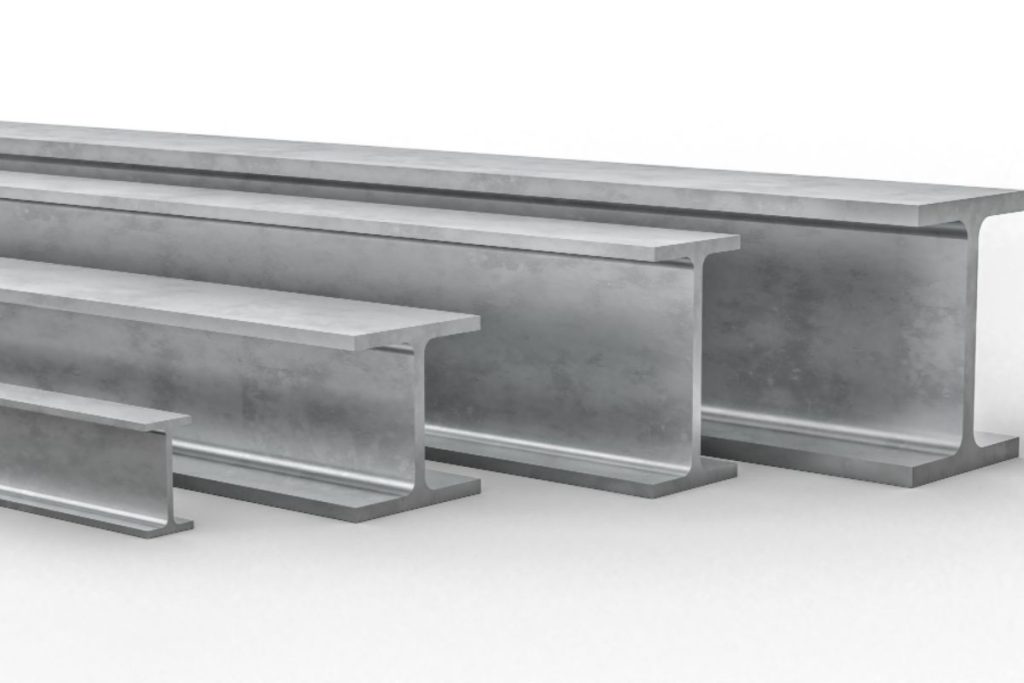Equal vs Unequal Angle Bars: What’s the Difference?

What is the difference between equal and unequal angle bars?
- Application and structural use
- Leg lengths and angle
- Design flexibility
- Usage in geometric variations
Overview
- Equal angle bars have precisely equal leg lengths and right angles, making them ideal for applications requiring symmetry and uniformity. They are foundational elements for framing and provide even load distribution in symmetrical designs.
- Unequal angle bars are versatile and excel in situations where varying angles and leg lengths are needed to meet intricate design and load-bearing challenges, such as stairs, ramps, and roof trusses.
- Equal angle bars are suited for projects that prioritize geometric uniformity, such as square or rectangular shapes.
- Unequal angle bars are designed for non-square or non-rectangular forms, adapting to variations in dimensions and supporting innovative and unconventional geometric designs in construction and engineering.
In construction and engineering, even seemingly basic components like angle bars can make a big difference. Two common types, equal angle bars and unequal angle bars, may look similar but have important distinctions that matter in various applications. This article explores the differences between equal vs. unequal angle bars, highlighting their characteristics and uses in construction and engineering.
Application and Structural Use
Equal angle bars, characterized by their precisely equal leg lengths and right angles, serve as the cornerstone in applications that prioritize symmetry and uniformity. These bars shine as foundational elements for framing structures, providing robust support, and ensuring even load distribution within symmetrical designs. Their consistent dimensions make them indispensable for projects where predictable, reliable structural performance is paramount.
In contrast, unequal angle bars come into play when architectural and load-bearing requirements call for a more nuanced approach. These versatile bars excel in scenarios where angles and leg lengths need to vary to meet intricate design and load-bearing challenges. Unequal angle bars seamlessly integrate into projects involving stairs, ramps, and roof trusses, effortlessly adapting to the diverse design intricacies that make each construction unique.
Leg Lengths and Angle

When it comes to angle bars, precision & quality are important in construction. That’s why choosing the finest steel supplier in the Philippines, like Metal Exponents, is essential.
Equal angle bars represent geometric perfection. With legs of identical lengths, they create precise 90-degree angles, making them a cornerstone of straightforward design and load-bearing calculations. This inherent symmetry simplifies construction, ensuring structural integrity and reliability.
In contrast, unequal angle bars diverge from the conventional right angle. This departure from symmetry offers architects and builders the creative freedom to craft structures tailored to unique architectural and functional demands.
Design Flexibility
Both equal and unequal angle bars are products of a top-tier construction supplier, ensuring you get high-quality steel. The best construction supply products in the Philippines provide angle bars known for their durability and flexibility, meeting diverse construction needs.
Equal angle bars are synonymous with uniformity. With equal leg lengths and a consistent 90-degree angle, they offer a canvas marked by simplicity and precision. This inherent design uniformity makes them ideal for projects prioritizing stability and linear load distribution.
On the other hand, unequal angle bars act as design chameleons, offering a realm of creative possibilities. Their capacity to accommodate various leg lengths and angles empowers architects and builders with design flexibility, particularly in scenarios that require departures from standard right angles. These bars shine in projects where elevation changes, surface adaptations, and diverse geometric forms are integral components of the design.
Usage in Geometric Variations

Equal angle bars are the go-to choice when your project adheres to geometric uniformity. They excel in applications that demand square or rectangular shapes, where symmetry and equal side lengths are paramount.
However, for architectural expressions that venture beyond these conventional boundaries, unequal angle bars take center stage. They are custom-made for projects involving non-square or non-rectangular forms, seamlessly adapting to variations in dimensions with elegance and versatility. These bars harmonize effortlessly with the intricacies of unconventional geometry, opening up a realm of structural possibilities for innovative designs.
Key Takeaway
Understanding the nuances of equal vs. unequal angle bars can significantly enhance your construction endeavors. These precision-engineered steel components offer versatility in design, accommodating a wide range of architectural requirements. Their differences in dimensions and applications impact load-bearing capabilities and structural integrity. By grasping these distinctions, you can elevate the precision and sophistication of your construction projects.
For top-notch quality and reliability in imported steel products, look no further than Metal Exponents, your premier steel supplier in the Philippines! Feel free to get in touch with us regarding your diverse material needs for your upcoming project. We’re eager to engage in discussions and introduce you to our premium imported product offerings.


